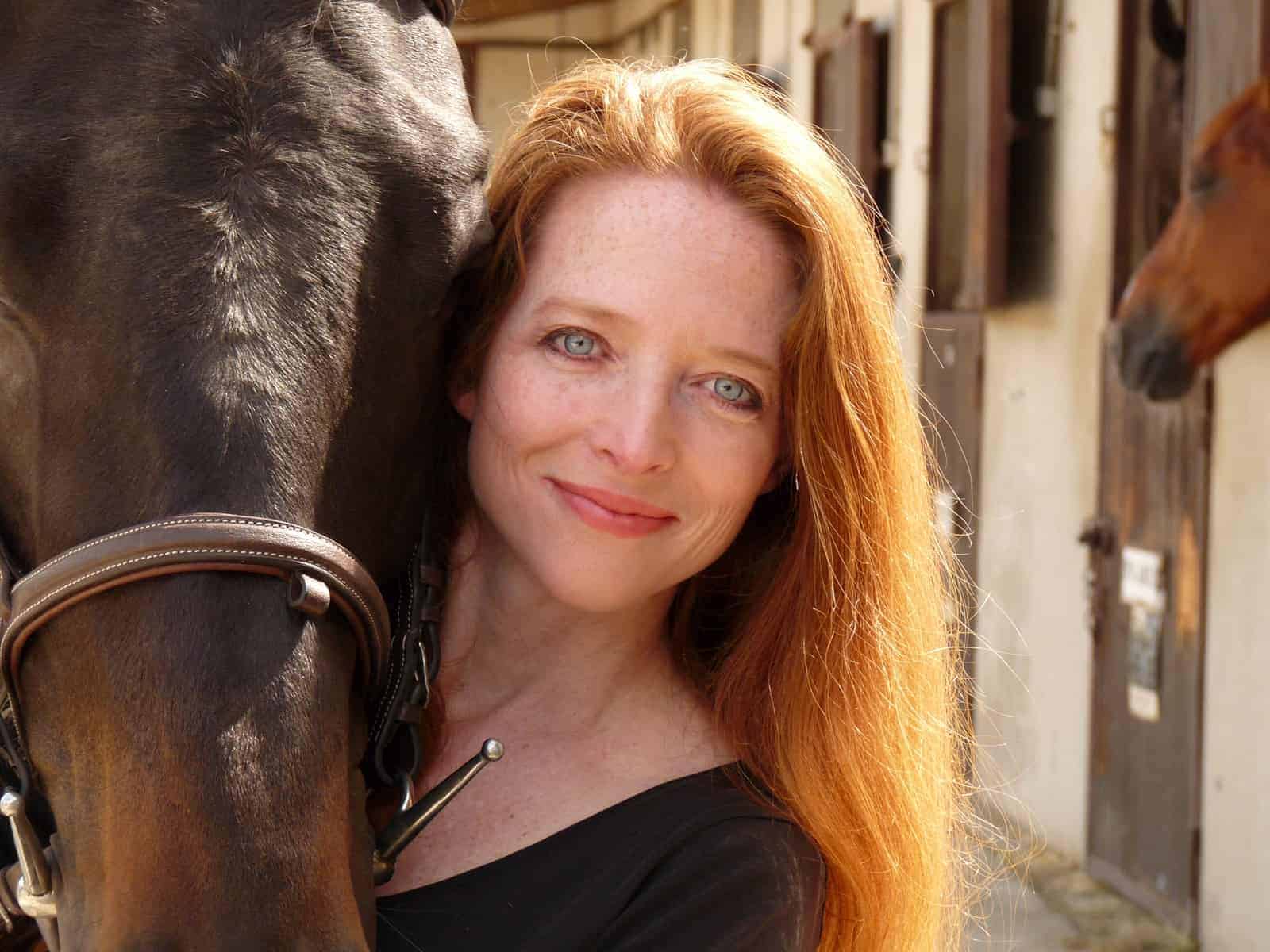Wean Foals at Six Months, or Wait?

“It might seem impractical to some breeders to allow foals to naturally wean from their mothers, but the potential benefits could be worth considering,” said Séverine Henry, PhD, lecturer of animal behavior at the University of Rennes, in France.
One reason for this is the strong social bond between the mare and foal, Henry said. “The mare-foal relationship isn’t just about food; the social aspects are important, as well,” she explained.
These aspects are present in many mare-foal relationships well after the foal has stopped nursing. “It appears that (foals recently weaned from suckling) still need that social contact with their mothers, and some need it more than others, staying closer for longer,” she said
Create a free account with TheHorse.com to view this content.
TheHorse.com is home to thousands of free articles about horse health care. In order to access some of our exclusive free content, you must be signed into TheHorse.com.
Start your free account today!
Already have an account?
and continue reading.

Written by:
Christa Lesté-Lasserre, MA
Related Articles
Stay on top of the most recent Horse Health news with












